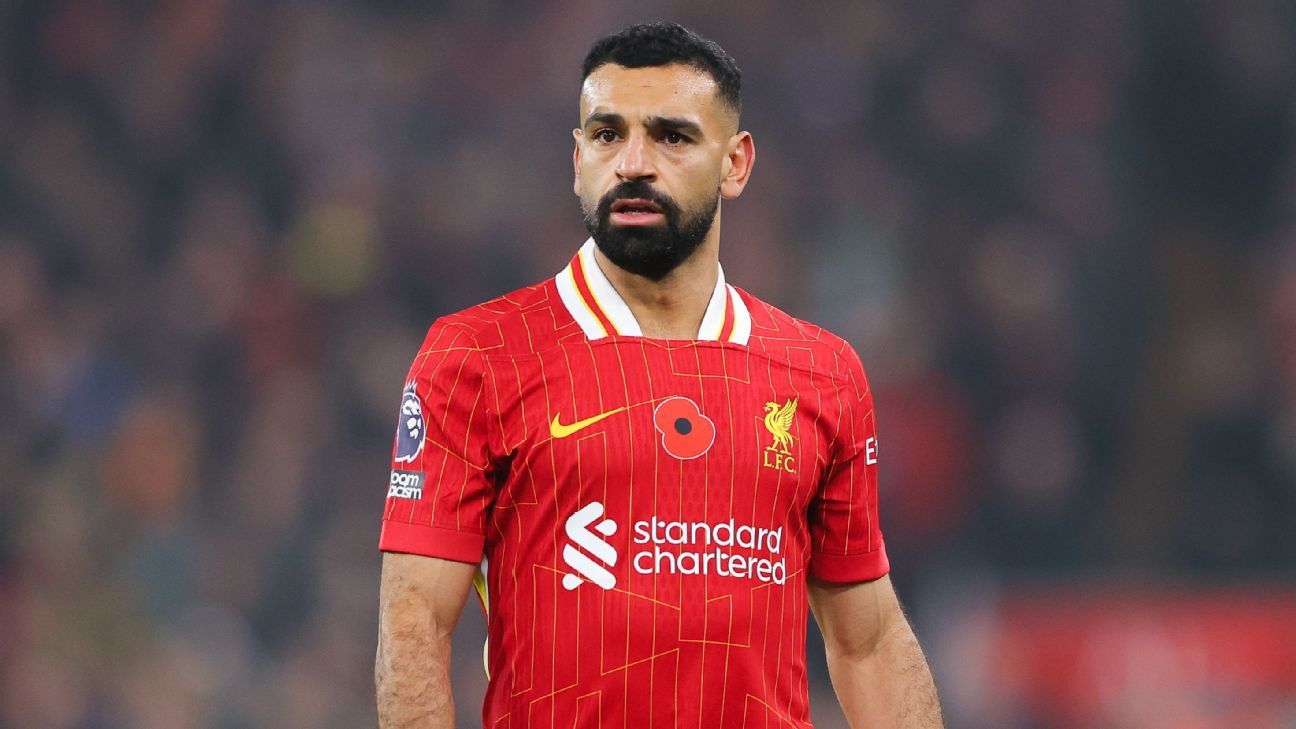
INDIANAPOLIS — Anthony Joseph Foyt turned 85 in January and the internet was awash in the Texamericana that comes with every Foyt milestone.
There were photos of Foyt in Indy cars, midgets, sports cars and stock cars, winning races and losing his temper. And in the middle of this Foyt-fest, I thought about Cecil Taylor.
Cecil, who died on Dec. 28, stood at Foyt’s side as a crewman and friend for better than 50 years.
But their bond went back further, to the dusty, bloody crucible that was the IMCA fair circuit, which brought sprint cars to every Midwest town with a Tilt-A-Whirl and a dirt track.
Some IMCA drivers — Foyt, Parnelli Jones, Jim Hurtubise, Bobby Grim — became heroes. Others went to the fair, and never made it home.
The story of Taylor and Foyt meeting, and later meeting again, blows away any Hollywood racing movie.
It started in the summer of 1956. Foyt, all of 21, was new to IMCA, but despite lousy rides — an underpowered Chevy six-banger, then an overweight car nicknamed “the truck” — he’d won twice. Taylor was wrenching for a Kansas City neighbor, car owner Bill Mansell.
Mansell’s driver was Don Hutchinson, who’d seen AMA motorcycle action as a Harley-Davidson factory rider.
“Don was a little guy, 5’3” or 5’4”, but all muscle,” Taylor recalled.
In the summer of 1956, Hutchinson and Taylor were racing, occasionally winning and making friends. At one event they pitted beside a Californian named Johnnie Pouelsen, who’d won that season in Iowa, Minnesota and South Dakota.
Come feature time, a push truck got Hutchinson’s car fired, but Pouelsen’s wouldn’t light. Pouelsen coasted to the pits with a dead magneto.
“I told his guys to pull that one out, and I grabbed a mag out of my box,” Taylor said. “We threw in the new mag, set the timing, and got everything tightened down just in time. Well, he won the race. When he got back to the pits, he said to me, ‘Don’t run off. I want to buy you a steak.’
“That’s how I met John Pouelsen.”
In September, Hutchinson opened and closed Iowa’s Clay County Fair with a pair of victories. Days later, everybody reconvened at the Kansas State Fairgrounds.
It was sunny and hot, typical Kansas at summer’s end. And if the mercury was up, so was the testosterone. In the first heat, Hutchinson jumped into the lead, but here came Foyt, shoving the nose of his black car beneath Hutchinson’s red one.
“Little Don kept chopping him,” said Taylor. “Foyt kept putting the brake on, letting him in.”
It went that way for five laps. On the sixth, “Donnie came down again, but Foyt was already there.”
Hutchinson’s car jumped a wheel, rode across Foyt’s lap and began flipping toward the wall. The impact was cockpit-first.
Taylor ran to the scene, helped load Hutchinson into an ambulance and then hopped in beside his dying friend.
“We were just getting ready to drive off and here came Foyt. He had tire tracks on his uniform.”
Foyt said to Taylor, “How bad is he?”
“Bad.”
Banged up and bruised himself, Foyt climbed in.
“And that’s how I met Foyt,” sighed Cecil Taylor. “He rode with us to the hospital.”
The show went on, because it always does. As one doctor examined Foyt and another pronounced Hutchinson dead, Pouelsen earned one more IMCA trophy.
Flash ahead six years, to May 1962. Foyt’s career skyrocketed; he strutted into Indianapolis as the defending winner of the 500.
Pouelsen hung up his helmet to become chief mechanic for J.C. Agajanian’s Indy car team and driver Parnelli Jones. At Pouelsen’s elbow is his personal recruit, Taylor, burning vacation time from his job with Southwestern Bell to take part in his first 500.
The workload that month was heavy; the Agajanian squad rebuilt its lone Offy after every second day’s practice. Other outfits followed similar regimens, so Gasoline Alley was lively well into the evening.
“Back then,” said Taylor, “all the teams left their garage doors open. One night at maybe 8:30, Foyt walked by. He looked in and he said, ‘Cecil! Is that you?’ I hadn’t talked to him since 1956, and he called me by name.”
Grinning, Foyt nodded in the direction of Parnelli’s roadster and said, “You’re working for the wrong guy.”
Actually, Jones was the right guy, at least for a while. In ’62, he broke Indy’s 150-mph barrier during qualifying and the next year he won the 500. But when Parnelli cut back his racing after 1964, Taylor joined Foyt’s operation.
And for decades, wherever you saw Foyt — Indianapolis, Daytona, the Illinois State Fair — you saw Taylor, filling any role Foyt needed him to.
We were talking one day, Taylor and I, about his time with Foyt and how it all started that hot afternoon in Kansas, when A.J. was a shaken kid with tire tracks across his uniform.
“About once a year,” Taylor said softly, “he’ll ask me about Little Don.”
Now Foyt is 85, and somewhere, maybe, Don Hutchinson is still on the throttle. If he is, you can bet Taylor is there, too.
He was a good man with a ready smile. He left a wife, a son, a brother, hundreds of friends and thousands of memories.
To know Cecil Taylor was to love him, and I knew him.















 Phone: (800) 737. 6040
Phone: (800) 737. 6040 Fax: (800) 825 5558
Fax: (800) 825 5558 Website:
Website:  Email:
Email: 






